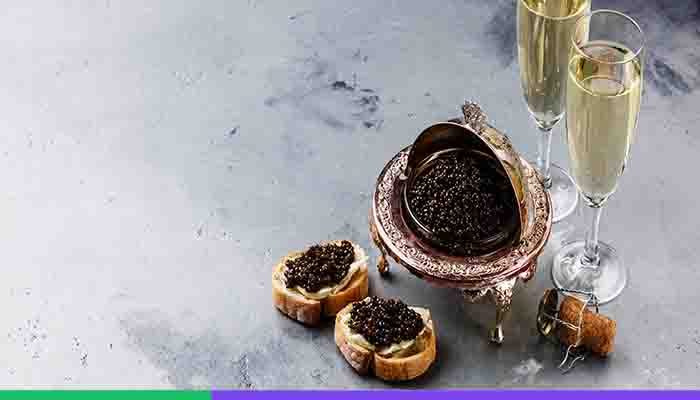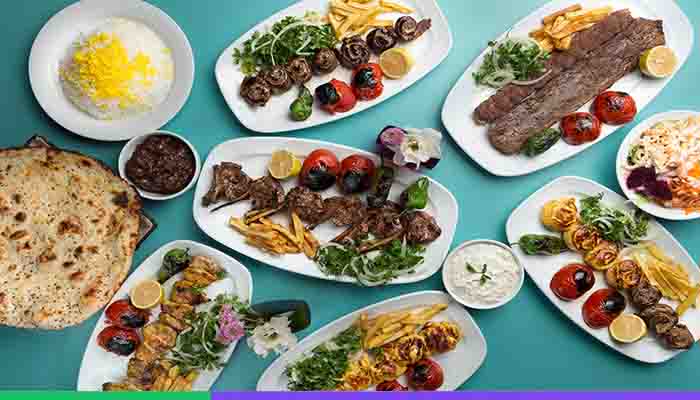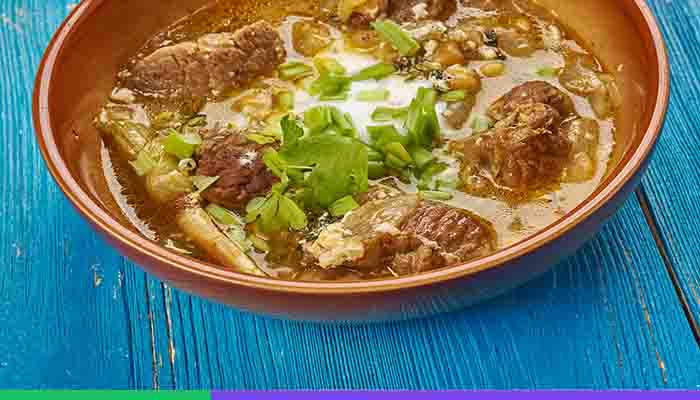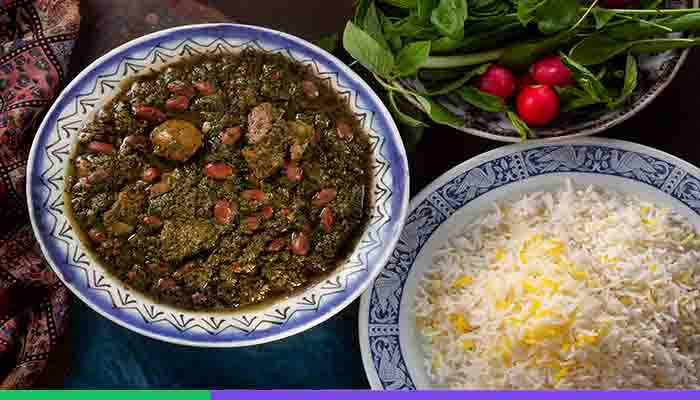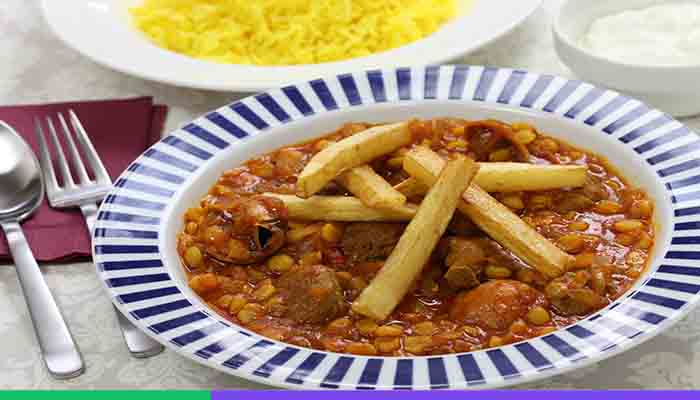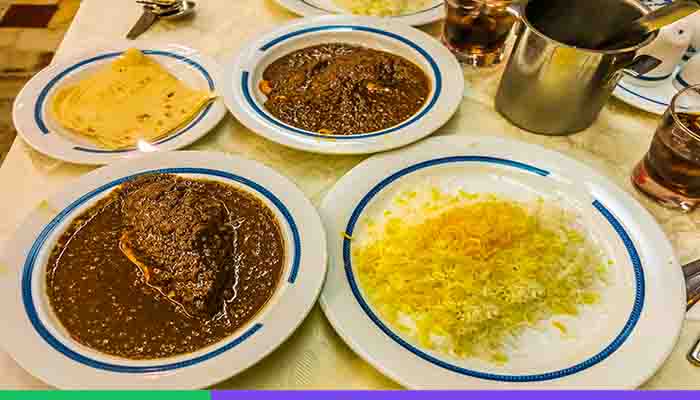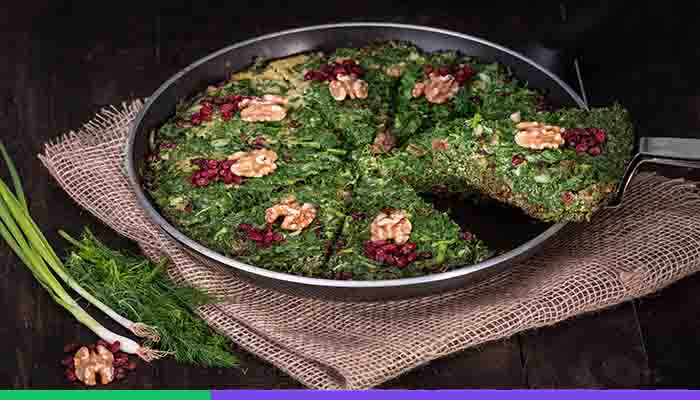The Amazing Taste of Iranian Cuisine
You may have already tasted Italian pizza, French baguettes, Spanish Churros and etc. but you will definitely find Iranian cuisine almost in another world. Iranian foods are from a different basis, with different secrets of cooking and come from a different culture. Be sure that you have never tasted a food like those of Iran before. Iran has been home to many different ethnicities with different tastes. Therefore, Iranian cuisine shows a mixture of different cultures. This has contributed to the wonderful diversity of Iranian cuisine. Nowadays, Iran is also full of cafes and pizzerias offering the widely famous foods such as pizza and hamburger, but if you enjoy having some traditional dishes, Iran has many of them to offer, as well.
There are some kind of widespread traditional dishes in Iran, but you can also find so many local foods in different areas. These local food types come from the culture and traditions of that specific region in Iran. From the beefy Kabab to the spinach veggie stew, Iranian dishes encompasses almost all different tastes. So, In order to hand over a delicious memory of Iran, Flora works with different restaurants to prepare your favorite dishes as easy as possible. Followings are some of the most common delicious foods that you can enjoy having in Iran:

